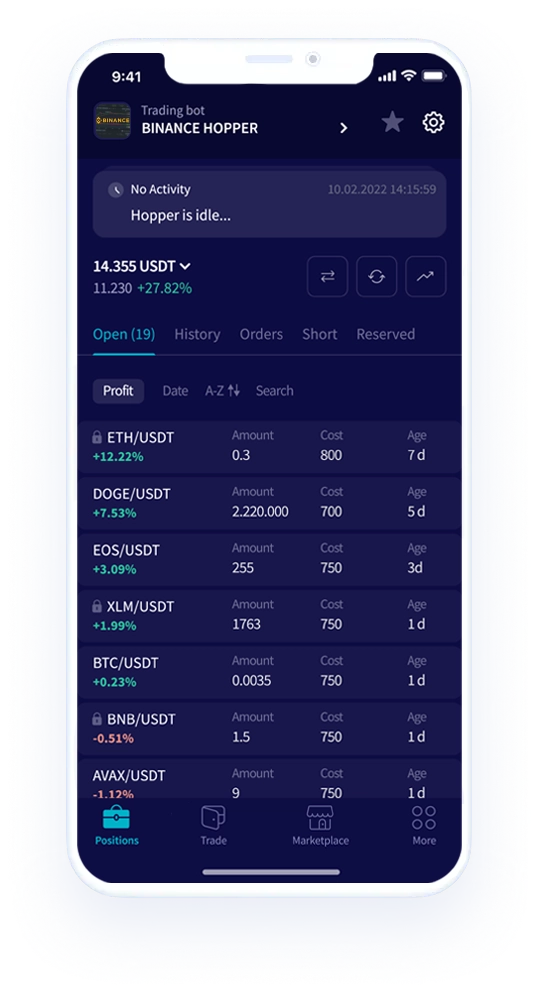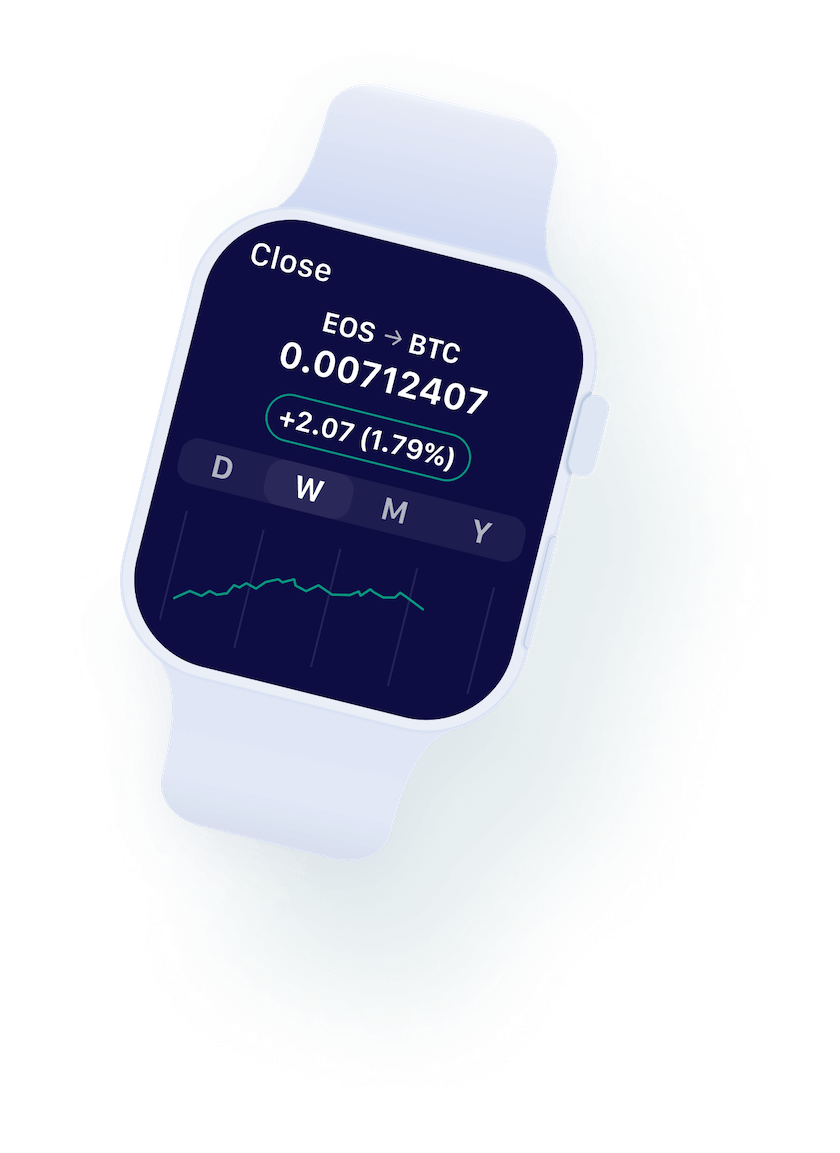DOP is the native token of the Data Ownership Protocol, with a total supply of 23,370,186,853 tokens. The token boasts a deflationary nature and serves multiple utility roles.
What Is the Data Ownership Protocol
Data Ownership Protocol (DOP), a protocol based on zero-knowledge proofs (ZKPs), aims to give users control and management over their own on-chain data while protecting user privacy. DOP allows users and DApps to store assets and make transactions privately, or selectively disclose token holdings and historical information.
Technical Principles and Advantages of DOP
By leveraging zk-SNARKs and ECDSA, DOP enables users to precisely curate the information they wish to share about their asset holdings and transactions, while maintaining seamless interoperability with Ethereum dApps and liquidity.
Specifically, tokens are managed in an external pool, facilitating transfers from external wallets. Utilizing zero-knowledge proofs (ZKPs), DOP helps users verify token ownership and transactions without revealing sensitive information. It allows users to selectively disclose their token transactions. Besides, DOP employs off-chain transfers, where transactions between DOP wallets leave no on-chain records, thereby enhancing confidentiality. Its solution preserves the essence of decentralized data sharing while protecting sensitive financial data. DOP grants users granular control over their on-chain data disclosure. Users can selectively choose which information to share and with whom, including the visibility of specific tokens or asset quantities. Through collaborations with Chainalysis and zkMe, DOP ensures that user data privacy remains protected while maintaining compliance with regulations. DOP’s integration with familiar applications makes it user-friendly and easily accessible to users.
Notably, the mainnet (Beta) version of the DOP has officially launched, enabling crypto users to directly experience the capabilities of the DOP protocol on the Ethereum blockchain. Initially, DOP mainnet offers support for the following ERC-20 tokens: USDT, USDC, DOP, WBTC and ETH. Additional tokens will be added gradually. Funds can then be confidentially sent to other users within the DOP protocol, or decrypted within seconds.
This flexibility means crypto owners can finally benefit from the privacy that’s afforded to everyday consumers with bank accounts — and removes one of the biggest downsides standing in the way of mass adoption.
A careful and considered approach has been taken in building DOP. Ethereum is one of the world’s largest and best-known networks, and commands billions of dollars in trading volumes every single day. Bringing DOP’s technology to this network — and delivering compatibility and native integrations with popular wallets and dApps — means crypto users don’t need to get their head around complicated third-party tools. Instead, cutting-edge selective transparency features will soon be accessed through the platforms they already know and trust.
However, Data Ownership Protocol aim to expand DOP’s presence to other blockchain networks with lower transaction fees. By integrating with L2’s & EVM-compatible networks, they can provide users with a more affordable and efficient experience while maintaining the security and interoperability benefits of the Ethereum ecosystem.
DOP long-term vision is to make DOP’s data ownership features available across multiple blockchain platforms, ensuring that users have the flexibility to choose the network that best suits their needs and preferences.
Product Advantages of DOP
DOP enables users to obtain on-chain privacy through technical means, and its product advantages include:
Revolutionizing Data Privacy: DOP’s innovative approach allows users to curate the information they wish to share about their asset holdings and transactions, striking a balance between transparency and privacy. This selective disclosure is crucial for maintaining interoperability with Ethereum Decentralized Applications (DApps) while preserving liquidity.
Leveraging DAO for Fair Governance: The protocol operates under a Decentralized Autonomous Organization (DAO) framework, where a rotating committee of node operators oversees the platform and monitors risks. This committee maintains a shared blacklist of prohibited wallets, and users can flag suspicious activities through DAO channels. The committee reviews these submissions, conducts investigations, and takes necessary actions, incentivized by DOP tokens based on their performance.
Zero-Knowledge KYC Integration: A significant feature of DOP is its integration with zero-knowledge KYC (Know Your Customer), allowing user identity verification without compromising personal privacy. Users can choose what data to disclose, such as only showing token symbols without revealing balances or transaction histories. This selective disclosure is verifiable on DOPscan, the protocol’s explorer, ensuring that false information is not shared.
Ethereum Ecosystem Interoperability: DOP’s interoperability with Ethereum’s dApps enables users to leverage their tokens and NFTs within popular DeFi protocols, Decentralized Exchanges (DEXs), prediction markets, and more, benefiting from DOP’s privacy features. This integration unlocks the full potential of Ethereum’s ecosystem for DOP users, providing a seamless user experience.
DOP Tokenomics
DOP is the native token of the Data Ownership Protocol, with a total supply of 23,370,186,853 tokens. The token distribution of DOP is as follows: 2% for presale, 28% for private sale, 24.6% for the team, 14% for the long-term treasury fund (LTF), 13% for ecosystem and community (SGF), 10.2% for marketing and operations, 2% for advisors, 3% for the launchpad, 1.2% for the testnet airdrop, and 2% for the mainnet airdrop.
DOP’s tokenomics is designed to adopt a deflationary mechanism. Usage of DOP’s data ownership features incurs fees payable in DOP tokens. However, to maximize user experience, DOP also allows fee payment via the transacted asset directly. When users pay part of transaction amount as native token fees, the DOP protocol auto-converts asset fees into DOP tokens. Of the converted DOP tokens, 75% are permanently burned. The remaining 25% are distributed to DOP stakers. In the long term, as the adoption and usage of DOP features increase, the volume of transactions and the amount of fees paid will rise as well. Consequently, the number of DOP tokens burned will also increase.
The Utility Role of DOP Tokens
Utility and Governance Capabilities: Token holders can propose and vote on critical decisions regarding the platform’s development, operational policies, and security measures, fostering a transparent and democratic environment.
Incentivizing Security: Elected committee members are rewarded in DOP tokens for reviewing proposals, investigating flagged activities, and maintaining a shared blacklist.
Access Advanced Functionalities: Users might use DOP tokens to access advanced functionalities such as selective disclosure of their on-chain activities. This allows users to decide what information about their asset holdings and transactions to share publicly while maintaining privacy.
Promoting Ecosystem Development: DOP tokens play a crucial role in promoting ecosystem growth and integration. Developers can utilize DOP tokens to build and deploy DApps within the DOP ecosystem, harnessing the protocol’s unique privacy features to create secure solutions.
Conclusion
The Data Ownership Protocol (DOP) holds immense market potential with its innovative approach to data privacy and management, empowering users to take control over their on-chain data. Usage of DOP’s data ownership features incurs fees, with a substantial of the fees used to purchase and burn DOP tokens. As protocol utilization increases, the volume of token burns will gradually rise, highlighting the deflationary nature of the tokens.
The post first appeared on HTX Square.

